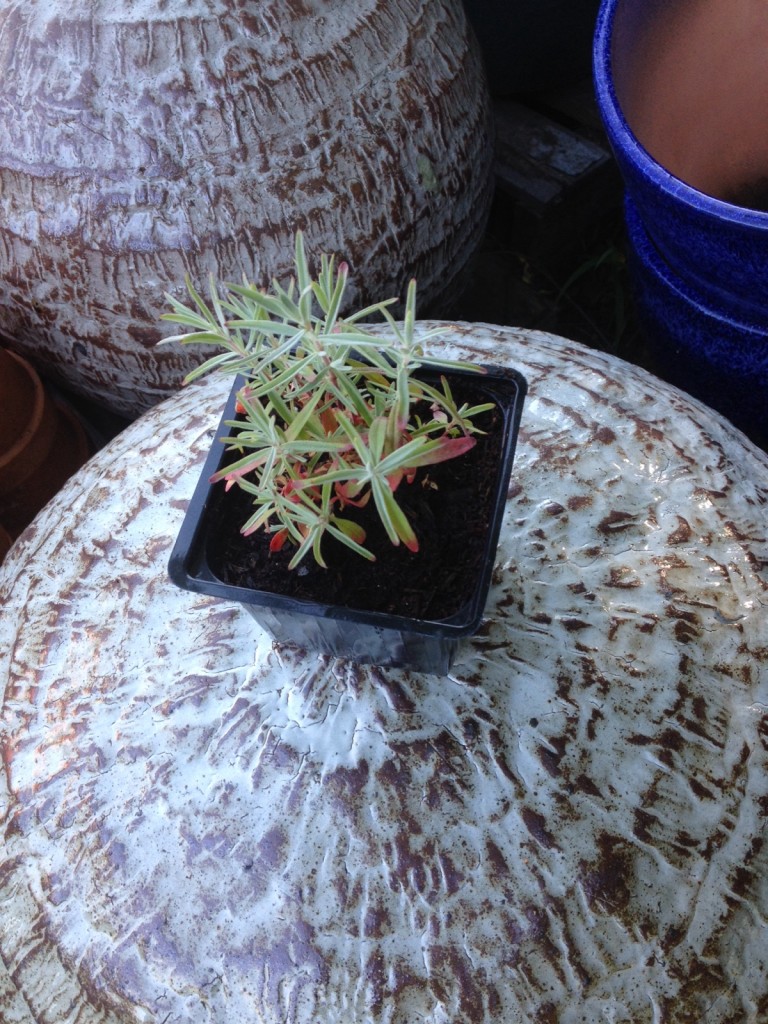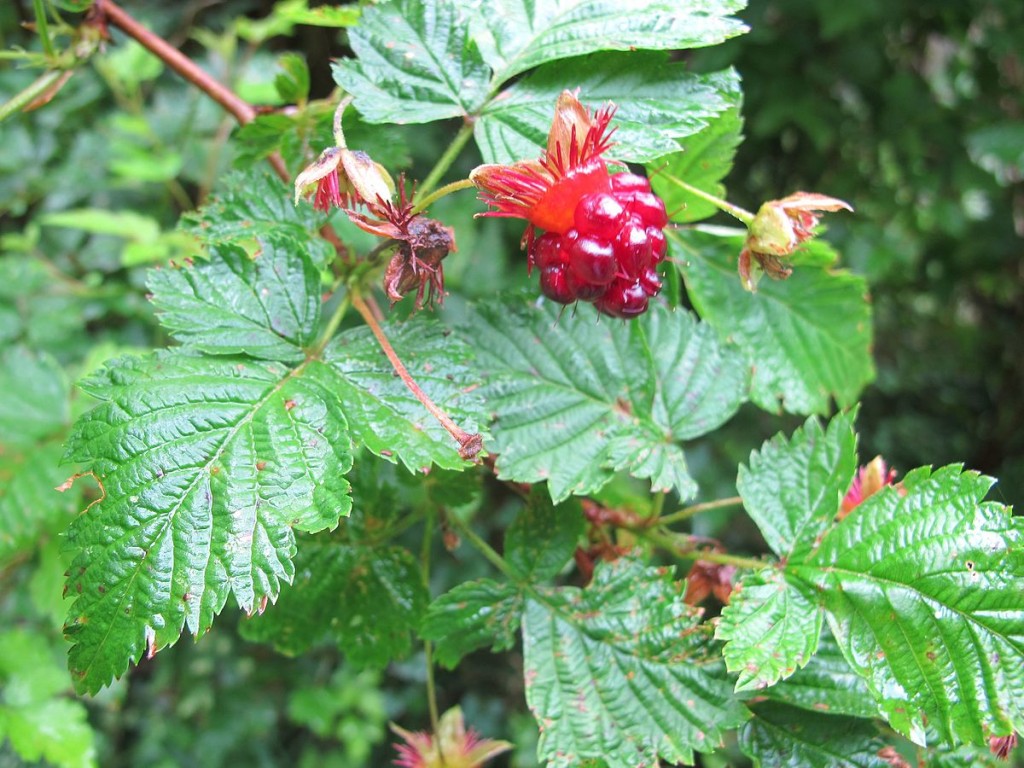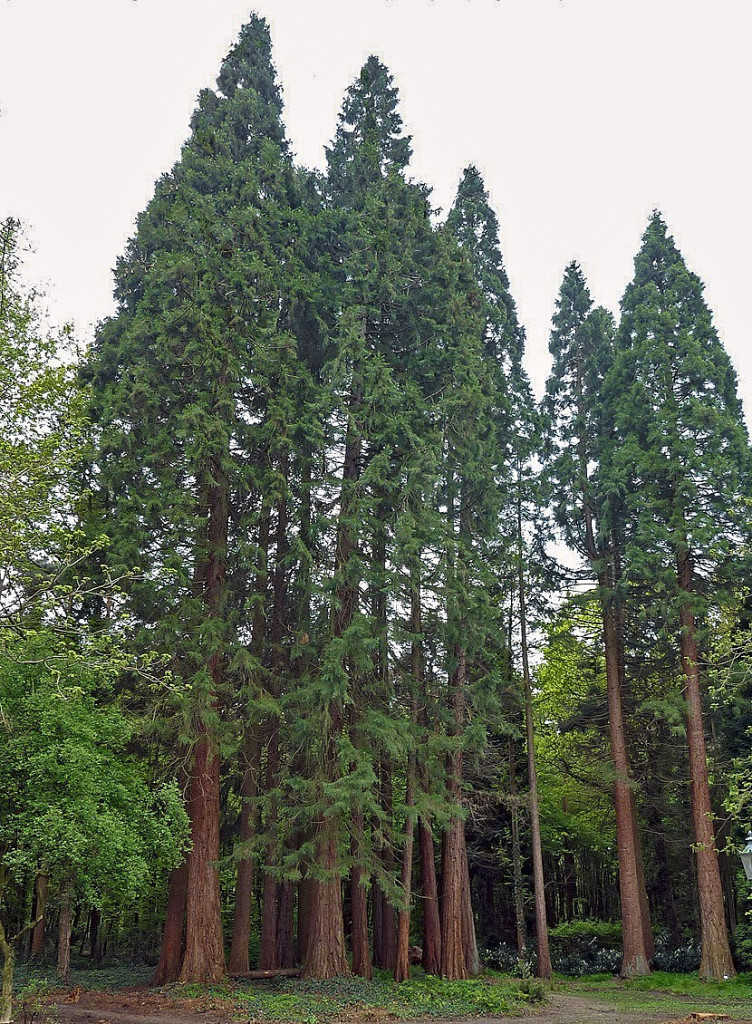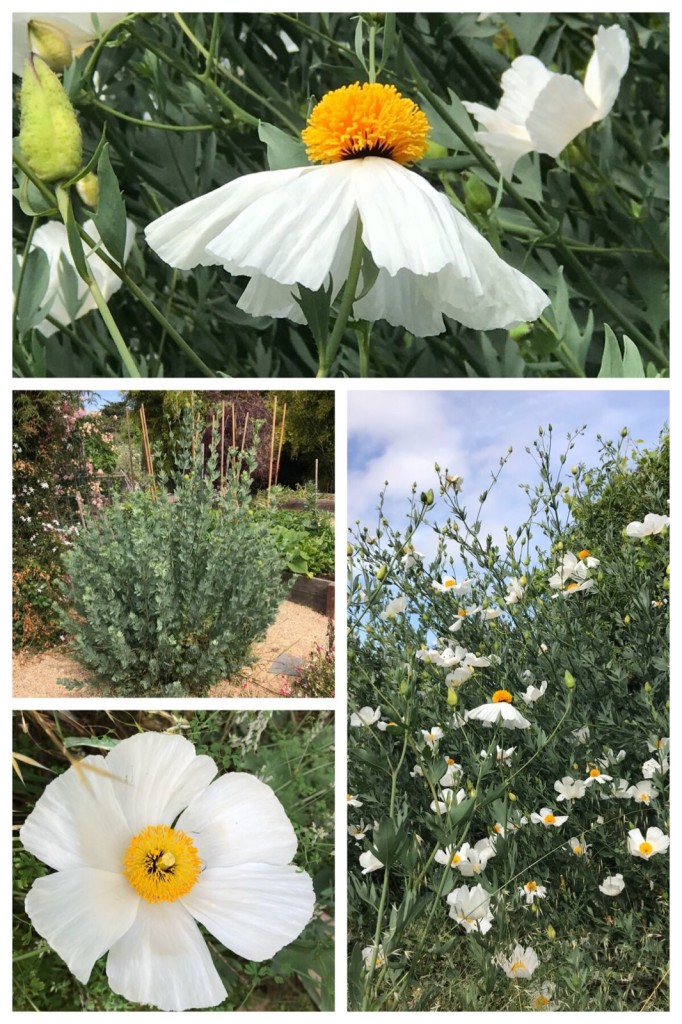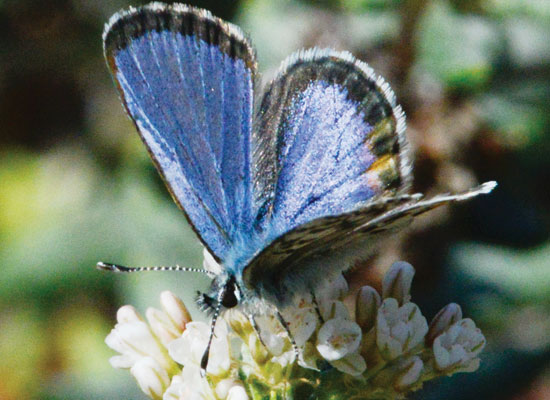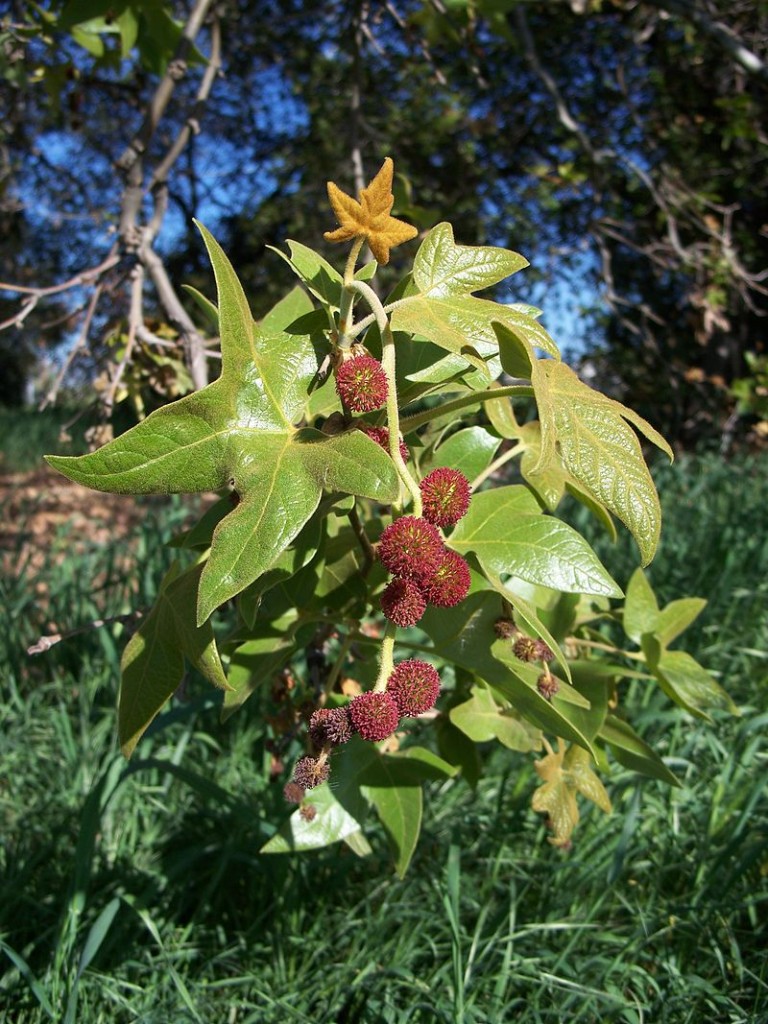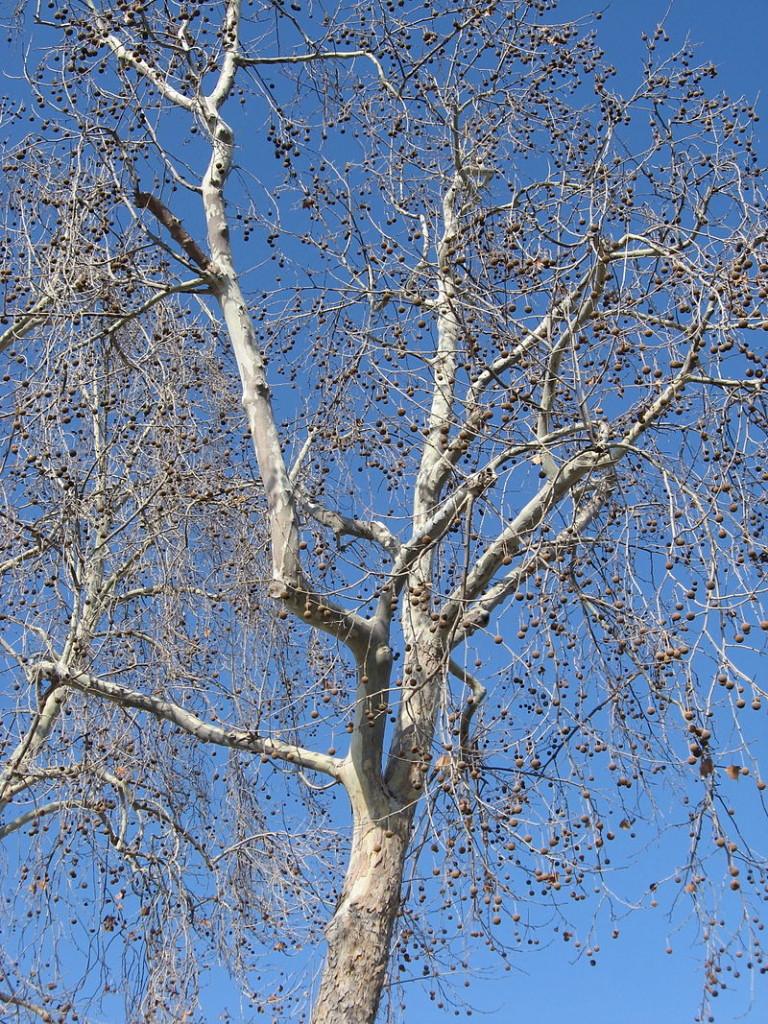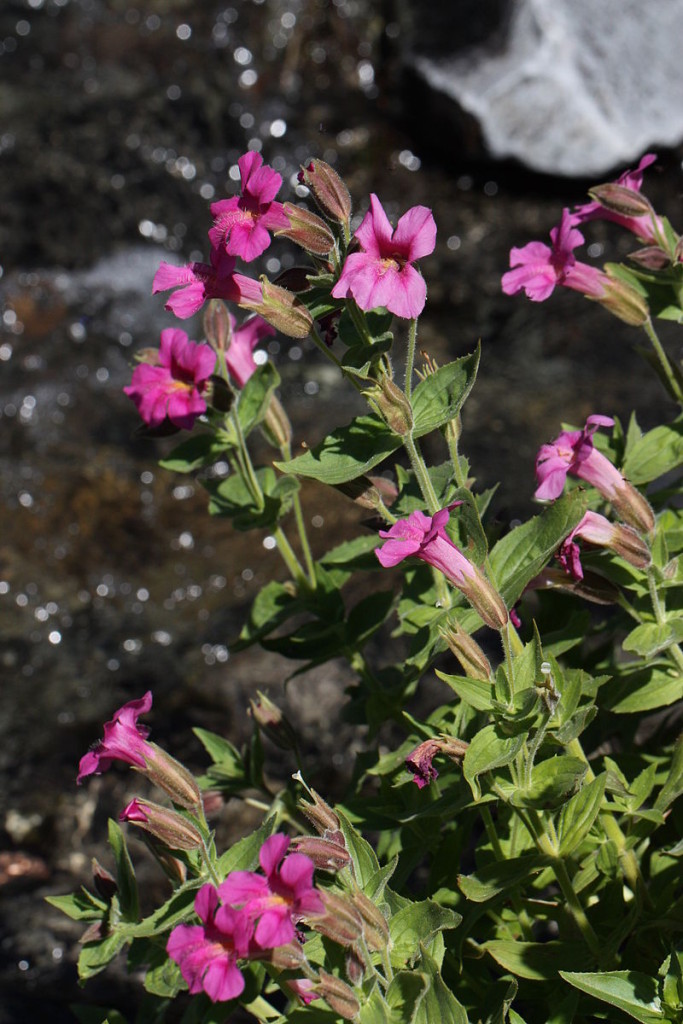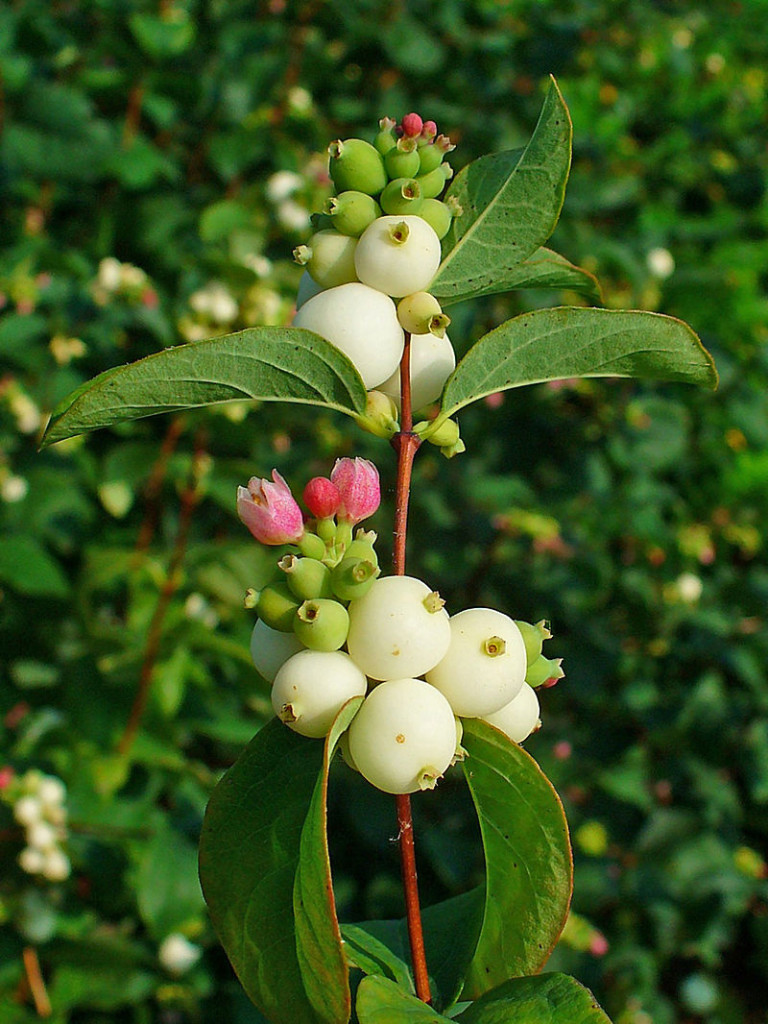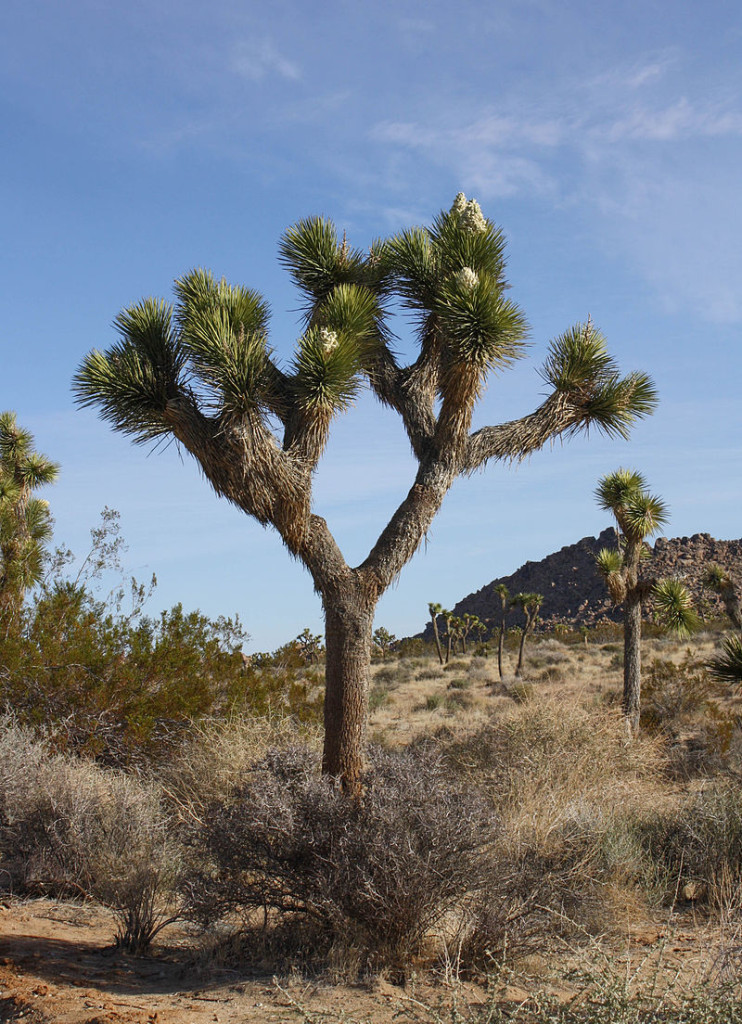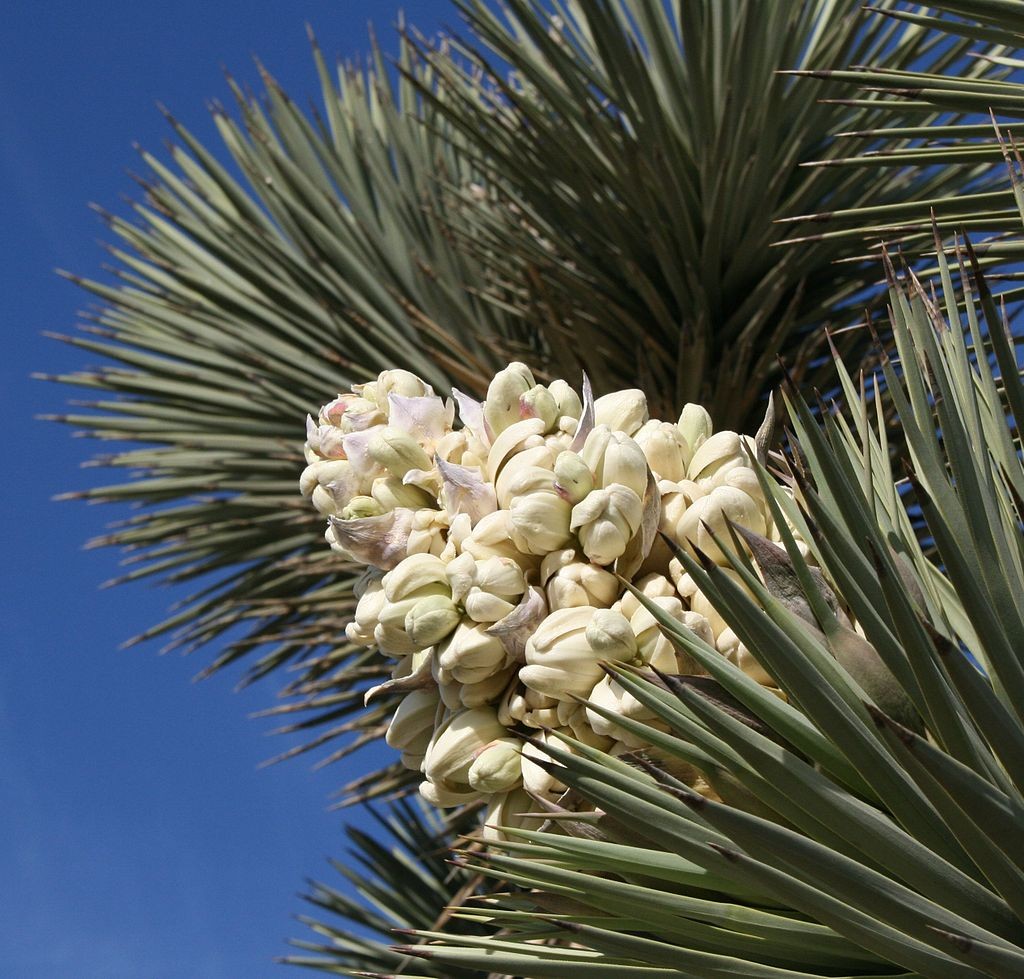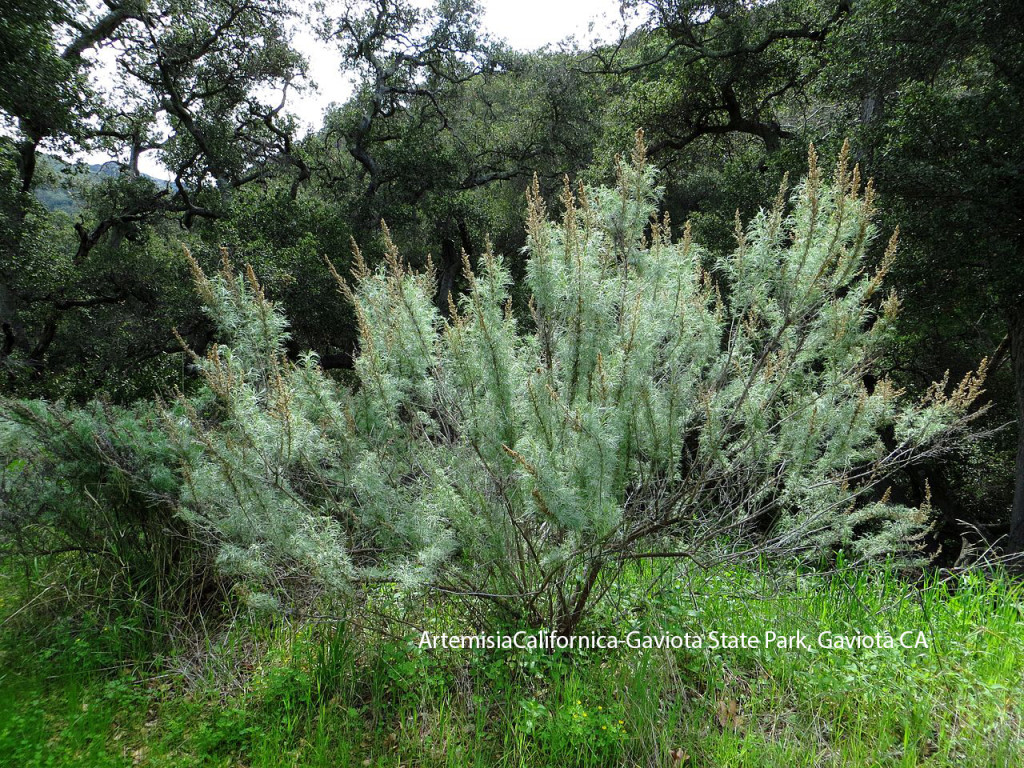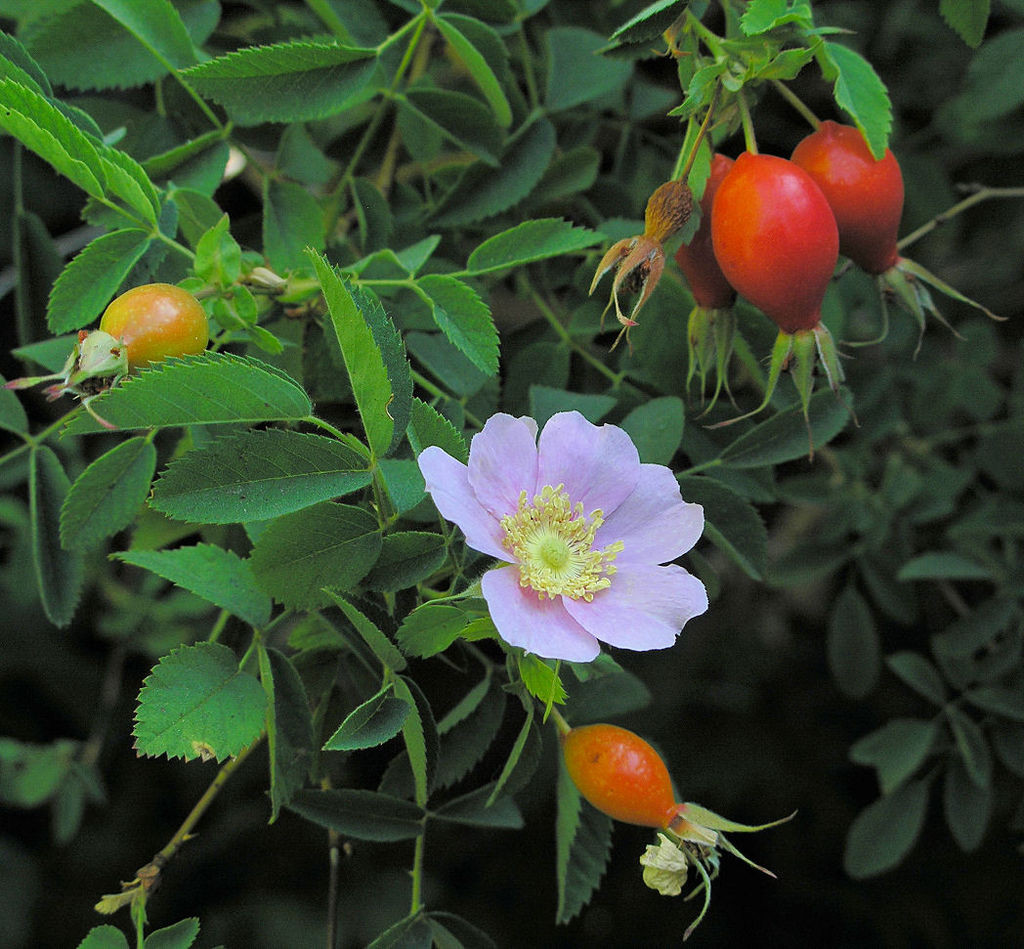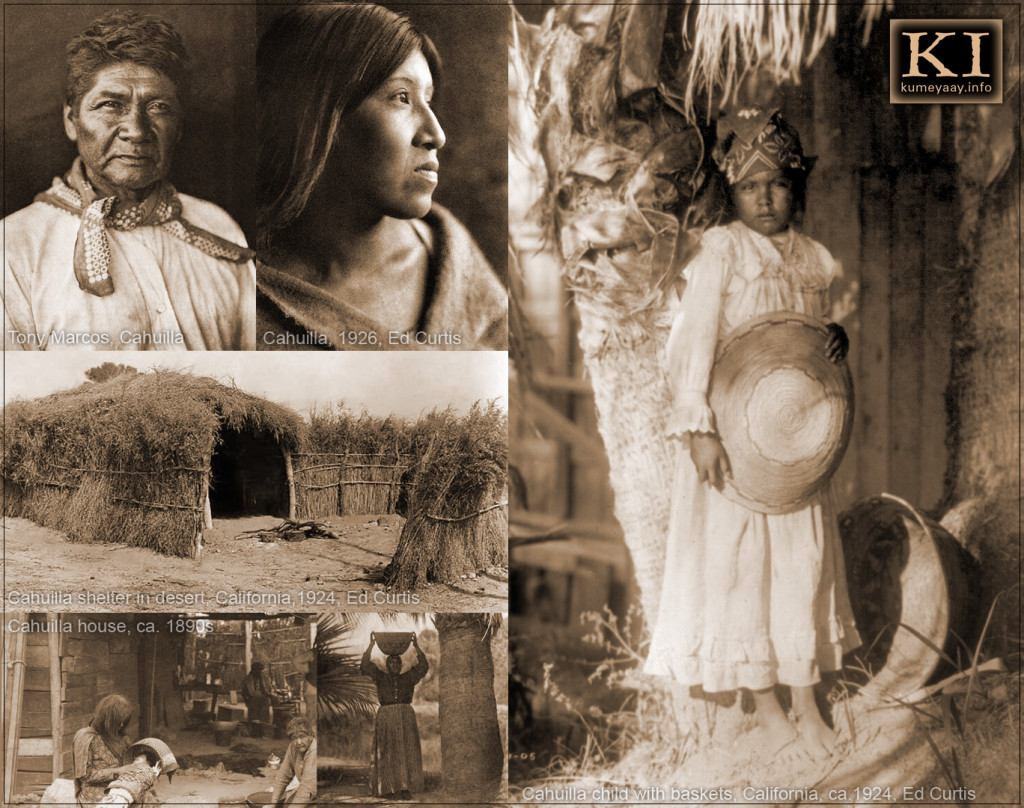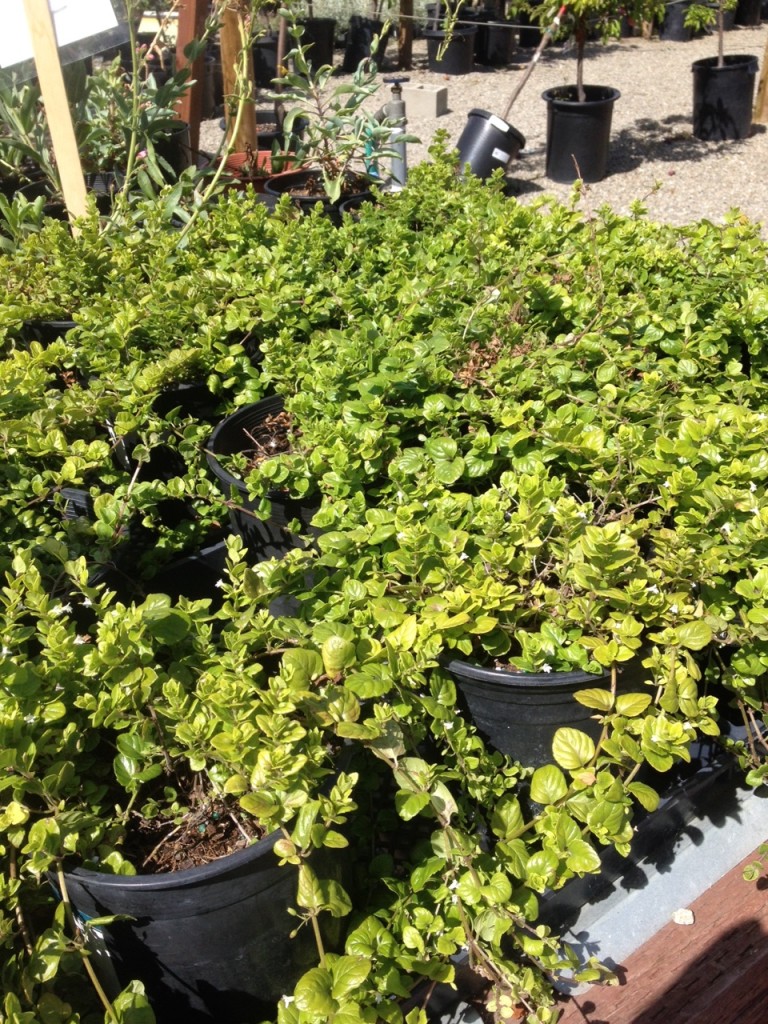Plants with a rich history of use by native people of California which represent a unique heritage benefiting our society and environment.
Rubus spectabilis SALMON BERRY
This berry producing bramble inhabits riparian corridors from Alaska to California and can be found East as far as Idaho. Salmon Berry also does well in any disturbed soil and so lends itself well to use in our gardens. Pink rose-like flowers are treasured by hummingbirds, especially the Rufus hummingbird and the berries which follow are sweet and juicy. Birds and small animals make their homes in the protective tangle of prickly branches. Native people highly coveted the berries and used leaves and stems in preparations to treat women’s health issues as well as diarrhea. This shrub can reach fourteen feet with great age, but expect six by six for a very long time. Great for erosion control, the deep roots are excellent at holding poor soil together and these bushes and Rubus parvifolius are responsible for holding stream sides together throughout the North West.
Coastal Redwood is our choice for California Heritage Plant for July 2018
There is no other tree which defines California history better and there is no way a paragraph on a small nursery website can do justice to the scope and majesty of the worlds fastest and tallest growing tree. They simply dominate the environment of any residential property upon which they grow, providing shade, raising property values and lowering cooling bills inexorably. Studies show that the presence of these big trees improves the health of the neighborhood by some means not clearly understood … substantially.
And that dominating redwood tree presence also means that the typical small east bay yard will fall completely under its shade, the soil of the garden filled with her roots, a place for ferns and other part-sun loving plants rather than the fruit and vegetable oasis some might desire. Thus decisions have to be made, consider carefully before planting, because with an average of 2-4ft. growth a year you won’t be changing your mind cheaply.
Check out these interesting links about Redwoods. I hope you will plant one.
National Geographic The Super Trees
Giant Sequoias in the Landscape
May 2018
Romneya coulteri or ‘Matilija Poppy’ is our pick for ‘California Heritage Plant for June 2018
I have always found it ironic that these plants are forever frozen in botanical records with names given them by invaders from other parts of the world who ‘discover’ them …. when in fact most native plants have centuries or millenia of association with and use by people who lived in California and Mexico. Yes, the plant scientists who record these plants did admirable work, in some cases at great risk to their lives and fortunes, but we should remember that other people before these Europeans had their own names for these plants, knew how to cultivate and apply them in medicine and as a growing body of evidence shows us, are responsible for the dispersal of these species across vast tracts of land.
The lovely giant white poppy flowers of Matilija Poppy are no exception.
Named for Dr Thomas Coulter of Ireland (1793-1843)

Dr Coulter conducted a famous survey of Southern Californian plants in which he was greatly assisted by the pharmacological geniuses of native California people, the Chumash. During this period the Chumash were resisting the Spanish missionary culture under the leadership of Chief Matilja. So yes, the common name of this beautiful huge flower is linked to the native people if the scientific name is not.
The Chumash coexisted with a great wealth of California’s medicinal plants and understood their use better than anyone else. The stems and sap of Matilja Poppy were used to treat skin and gum infection and inflammation. Preparations were also applied as effective remedy for sunburns with some reports claiming similar outcomes to use of Aloe vera.
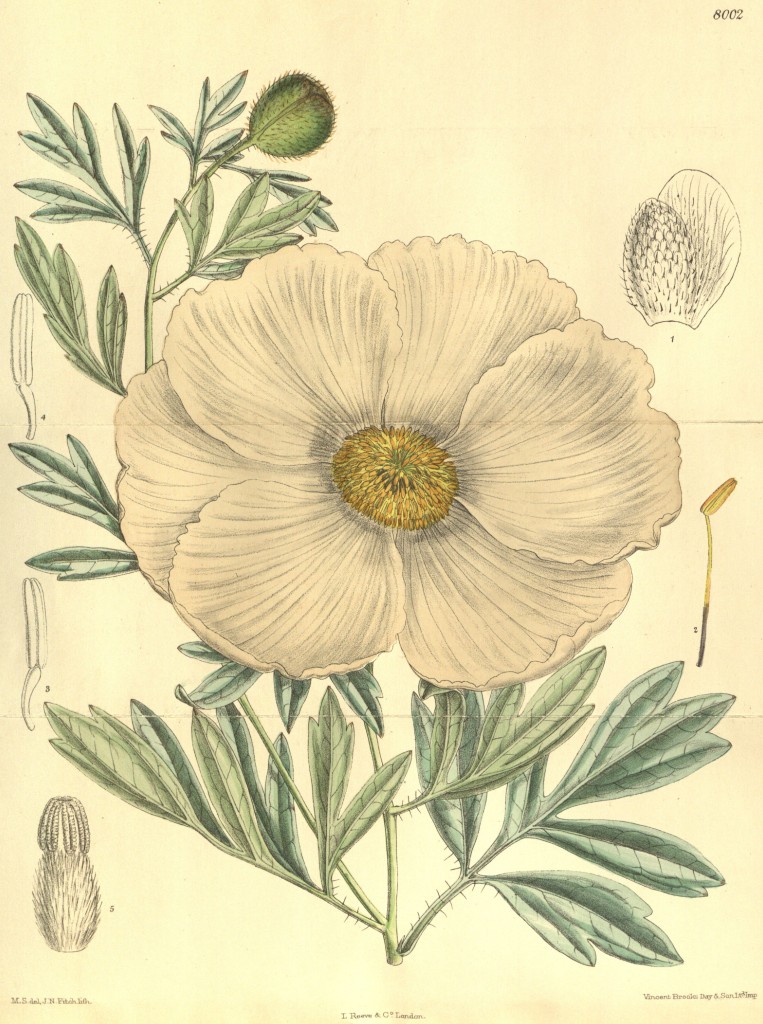
Matilija Poppy is a drought tolerant chaparral plant which spreads via rhizomes to fill a hospitable area quickly, preferring full sun and only winter water when naturalized. In a large container she might need supplemental water a couple times a month during the warm season. Rapid growth of herbaceous (soft tissue) stems reaches 5-9ft. depending on maturity and should be followed by giant white blooms with yellow centers from May to July or longer. Copious quantities of seed are produced but require fire to germinate.
At our nursery we let it run wild in the back and keep a smaller specimen contained up front which we easily keep compact with twice a year pruning. Dead stems can be cut to the ground in winter if you find them unsightly, but do let the stems turn brown before removing as even when spent and fading, the stems are providing sustenance to roots which are storing energy for next years growth. She does not like root disturbance and care should be taken when transplanting to avoid tearing or moving roots.
Eriogonum parvifolium ‘Seacliff Buckwheat’ is our choice for California Heritage Plant for July 2017.
Ever hear of the El Segundo Blue Butterfly? They are almost extinct, they only lay eggs on this Cal Native Buckwheat. Ten other native species of Butterfly and Moth use this plant. Seeds and leaves are used by many other animal species. Seacliff Buckwheat might be one of the most important habitat plants you can choose for your garden. Expect fast and lush growth from garden living in contrast to the sparse conditions you see when viewing these in a natural setting. But make sure to let go dry periodically in the warm season.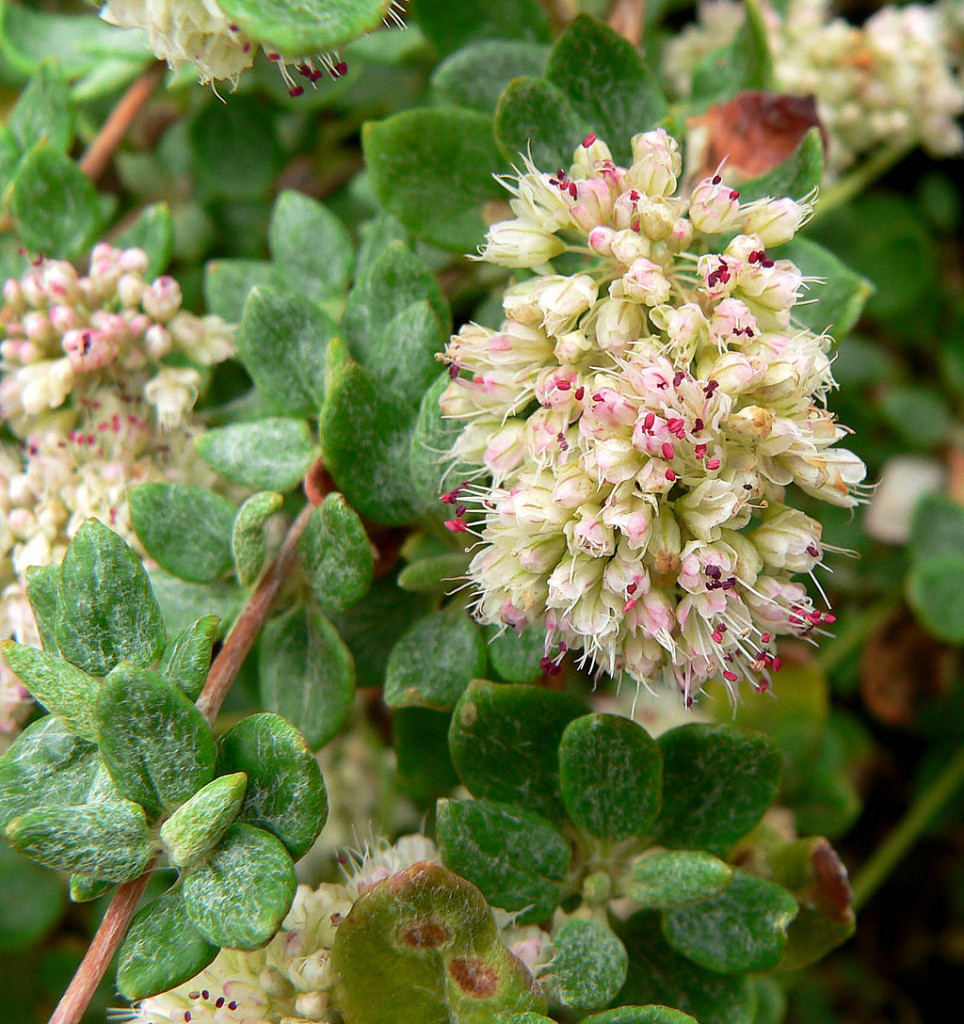
June 2017
Platanus racemosa or California Sycamore is our pick for California Heritage Plant for June 2017
This Sycamore is a common sight along city streets where it offers large shade canopies, requires little water to establish and no irrigation upon maturity, doesn’t disturb sidewalks much and has few pest and disease problems worth mentioning. A mature specimen can reach 100ft! But most large trees we see have made it to 50ft. growth and have begun to transition to a much slower metabolism and growth rate. Leaves turn lovely shades of brown and red before falling and female flowers drop numerous seed bearing achenes. Birds enjoy the tiny fruit and several birds prefer to nest in its high branches. Wood from the California Sycamore is difficult to work but makes excellent food cutting boards.
April 2017
Erythranthe lewisii
formerly known as Mimulus lewissii, commonly called ‘Purple Monkey Flower’ (despite the fact it is more pink than purple) is native to mountainous riparian corridors from Canada down to California. This is a great way to get some pink color in a moist shady or part-sun location while teasing hummingbirds who expected to find this in the Sierra Foothills on their summer sojourns! Bees really enjoy the pollen of this mountain cousin of the chaparral varieties most of us are familiar with from hiking Mt. Diablo and Pt. Reyes.
Monkey Flowers are great at storing potassium and the native people of California would often use leaves and stems to cure meat. Parts are edible but a whole lot of cooking was probably necessary to make it palatable. Poultices made from leaf and flower were applied to soothe skin infections and abrasions.
February 2017
Snowberry is our pick for California Heritage Plant 2017
Symphoricarpos albus
is common throughout most of the American North West. This thicket forming native grows 3-6ft. wide and high spreading via rhizomes. Pink flowers appear late Spring and early Summer giving way to white berries. The berries contain saponins which have mild toxicity and many medicinal uses. While it would take quite a few berries of Snowberry Bush to induce toxic reactions, we recommend avoiding consumption. Warning given, I have tasted the berries and can report that I am still among the living, the flavor was mildly sweet and the berries had the consistency of rose petals, but the flavor will never successfully compete with more common garden variety berry plants. Native peoples used the plant medicinally to treat a wide range of ailments including urinary tract infections and other rashes. It’s most documented use is as a topical soap for relieving skin infections and mild abrasions. Snowberry grows well with Rosa californica and can often be found tangled together. This is a great plant for securing lose slopes as the root system is excellent at preventing erosion. While it easily adapts to a wide range of conditions, Symphoricarpus albus does best with moderate to regular water and full sun exposure in fast draining soil.
November 2016

Carex barbarae or ‘White Root’
is a our choice for California Heritage Plant for November 2016. This attractive sedge occurs naturally in California’s seasonal riparian areas, of which only 5% remain today. Give regular water for lush green growth, or let dry late Spring and Summer and enjoy its brown dormant appearance. White Root was used by over 1/3rd of California’s native people to create thread by which to weave baskets. Baskets and basketry were used for food storage, food preparation and fish traps by California natives and many believe that nowhere else in the world was the art of basket weaving elevated to the level of sophistication developed here. As an ornamental plant expect 2-3ft of growth and place where it can receive full or half day sun exposure. It will soon spread to fill any hospitable ground. This is a great choice for lawn substitute where something grassy is desired.
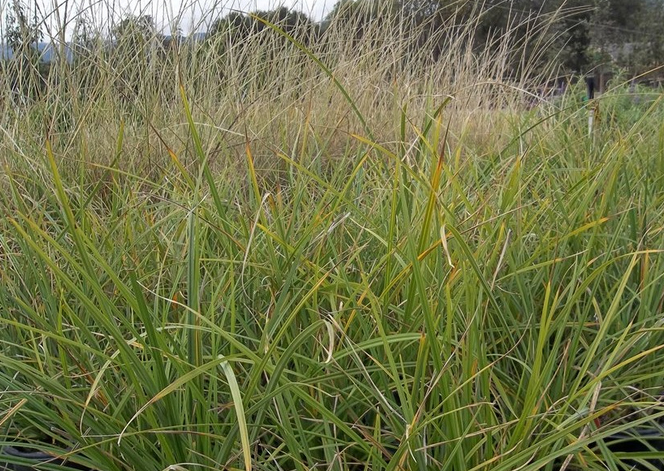
Yucca brevifolia ‘Joshua Tree’
is the California Heritage Plant for September.
This is the famous Yucca of the Mojave desert that can live for a thousand years. Joshua Tree can be grown in the East Bay climate and it makes a wonderful addition to any dry garden or succulent display, but expect greener growth and a shorter lifespan (60 years+/-). The Cahuilla people of the Southwest used leaves of Yucca brevifolia for sandals and baskets, they made food from seeds and buds and named the plant ‘humwichawa’. Spanish settlers called it ‘dagger tree’ and Mormon immigrants gave it the common name it is known by today ‘Joshua Tree’, for the upright habit of growth which they interpreted as ‘hands raised to god’.
Joshua Tree was already in trouble when the Europeans arrived, the giant tree sloths which once so efficiently distributed seed of Yucca brevifolia in their feces had gone extinct 13,000 years earlier when the ancestors of modern native people first arrived across the land bridge from Asia. Spanish and Mormons burned huge numbers of Joshua Trees for fuel and now climate change is making the deserts which they prefer inhospitable to their continued survival.
California Sage Brush (Artemesia californica)
The unremarkable appearance of this California native belies its many uses by native peoples and its importance to wildlife. Mature growth is grey-green on an upright shrub reaching 5-8ft. Endemic to chaparral regions with coastal sage shrub and chaparral plant communities (it’s really, really low water needs!). Artemesia californica is not particular about soil but requires full sun to flourish.
Birds use new growth as food and older twigs as nesting material. The structure of the plant provides shelter for small birds. This is the preferred habitation of the endangered California Gnatcatcher (image below by Petersen B. Moose).
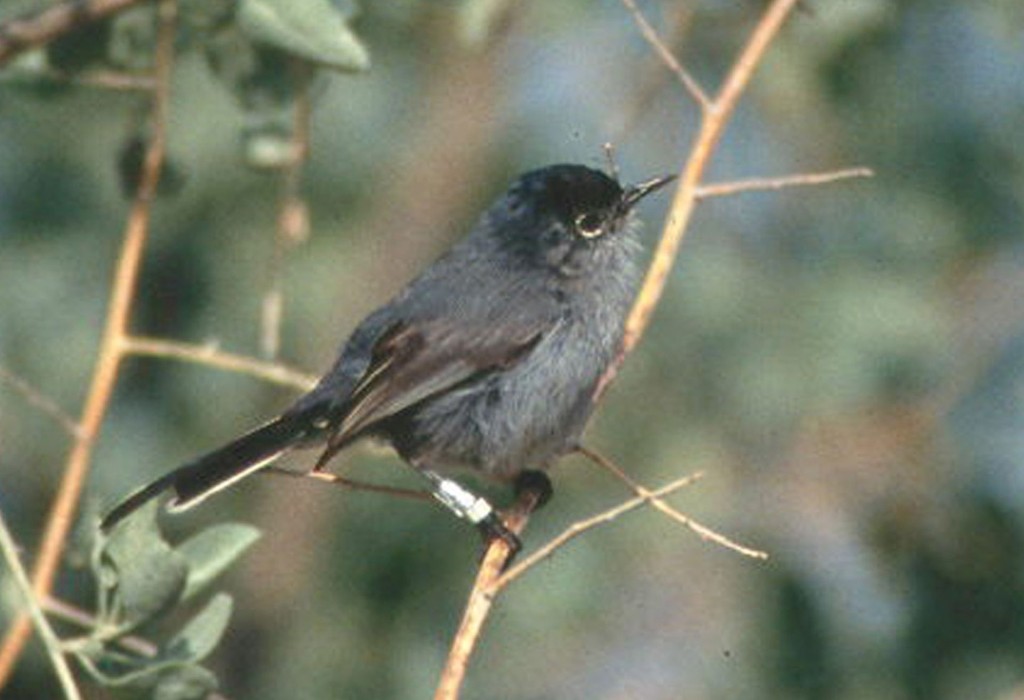
Native people of California had many uses for this sage-like plant. The Ohlone applied leaves to teeth to lessen pain. The Cahuilla chewed leaves to alleviate coughs and symptoms of colds. The Cahuilla and Tongva injested teas and leaves to stimulate mucus production and alleviate menstrual cramps and hasten child-birth. Poultices were applied to heal skin abrasions as well. All in all, a very useful plant indeed and worthy of preservation in our gardens.
Try using this shrub as a ‘framing plant’ for more colorful companions. The grey-green foliage sets off reds, oranges and yellows around it dramatically. Sticky Monkey Flower and Mexican Milk Weed look fantastic planted around or in front of Coastal Sage Shrub.
California Native Heritage Plant for July 2016
Rosa californica or California Rose
Found from Oregon to Baja California, this drought tolerant rose offers little pink flowers, lots of thorns and copious quantities of rose hips. In fact this rose produces so many rose hips that the government used it to supply soldiers with vitamin C in WW2. The hips persist through drought periods on the plant and provide food to animals when little else is available. The Cahuille Indians soaked the hips and roots in water to make a tea for treating colds.
This little guy spreads on runners and is perfect for difficult areas with poor access, or anywhere else its ability to run wild is a positive and not a negative.
June 2016
Clinopodium douglasii or ‘Yerba Buena Mint’
This low growing member of the mint family is endemic to the west coast and makes a fine tea. Expect 6 inches height and 6 feet spread on tendrils, grows in all kinds of soil and rarely gets pests or disease. The natives of California used it to induce sweating and more modern herbals list it as an emetic. Regardless of its medicinal uses, it makes a delicious tea combined with chamomile and/or hummingbird sage. Pick runners from April through August and dry in a paper-bag. Both old and new leaves are useful, just avoid any that have bug bites or spotting. Mix 1 part herb to 30 parts water for tea, YUM!
In the landscape or garden, Yerba Buena makes a good groundcover, especially useful around shade providing native shrubs like Ceanothus and Calycanthus as it can tolerate drought stress and more frequent watering without complaint.
May 2016
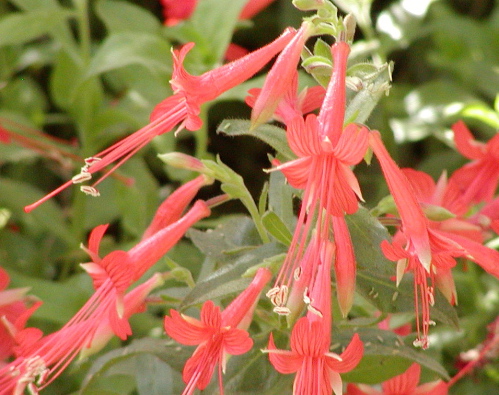
Epilobium canum ‘Catalina’
or ‘California fuchsia’ offers the drought tolerance and toughness of a sage with the dainty flowers of a water thirsty South American fuchsia (no relation what-so-ever!). Expect 3-4 ft. height and 4-5 feet width on reddish woody stems covered in soft gray leaves. Never give summer water where soil drains slowly and for assured success, plant on a mound or slope. Yerba buena mint and California poppies make good companion plants in the garden. Once planted, prefers to be left alone to do its own thing.
